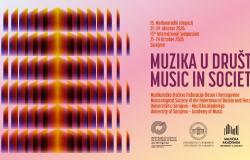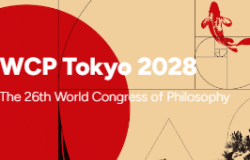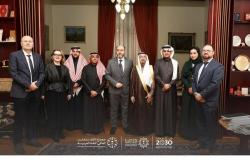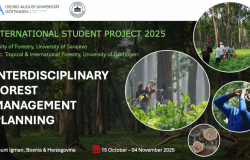New book published by the UNSA Institute for Genetic Engineering and Biotechnology: “Biomarkers in Genotoxicology and Cytotoxicology”
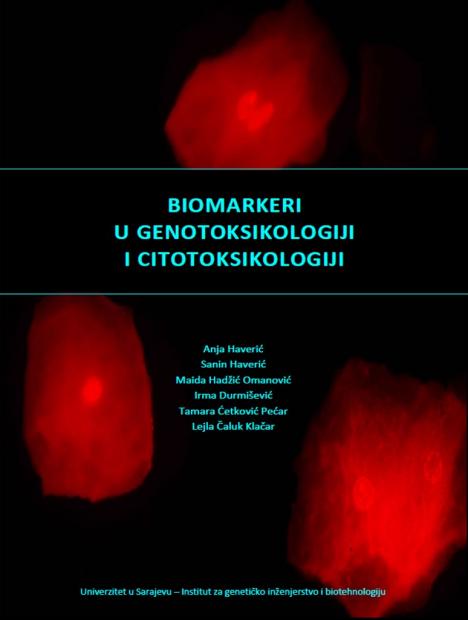
We have the pleasure to inform you that a new book entitled: Biomarkers in Genotoxicology and Cytotoxicology, by Anja Haverić, Sanin Haverić, Maida Hadžić Omanović, Irma Durmišević, Tamara Ćetković Pećar and Lejla Čaluk Klačar, has been published by the INGEB Library.
Excerpt from the review:
“The book entitled "Biomarkers in Genotoxicology and Cytotoxicology” by Anja Haverić, Sanin Haverić, Maida Hadžić Omanović, Irma Durmišević, Tamara Ćetković Pećar and Lejla Čaluk Klačar as an original scientific work represents a reliable source for the use of selected biomarkers and methods in the field of cytotoxicity and genotoxicity with a description of tests and experimental procedures for their application.
The book itself consists of three major parts (1. Introduction, 2. Models in cyto- and genotoxicology and 3. Selected tests for evaluating mutagenicity, genotoxicity and cytotoxicity). Furthermore, the three units are divided into a larger number of chapters, and on more than 200 pages, they present the most current biomarkers and methods used today in genetic and environmental toxicology. The book very clearly explains the basic terms and provides definitions important for the general understanding of cytotoxicology and genotoxicology. After the introductory section, the rest of the book provides a very detailed overview of the models and tests used to assess mutagenicity, cytotoxicity and genotoxicity. The book shows all relevant models as well as methods used in current research in numerous laboratories. The methods are very clearly described and very detailed protocols are given for them, which enable the implementation of the methods and their reproducibility. The book is written in a clear, yet professional way so that it can be used by experienced scientists, but also understood by those who are just getting into the above-mentioned issue. Also, we can look at the book as a kind of textbook that can be used by students at the university, but also by doctoral students and younger scientists, for whom this kind of book can facilitate the understanding of certain problems and work in the laboratory in the mentioned area. In addition to scientists from BiH, I'm sure the book will be useful reading for students and scientists from surrounding countries of the same and/or similar speaking area, because it covers the methodology of work in the field of toxicology in a scientific and very current way” stated in his review Dr. Sc. Goran Gajski, scientific advisor, Institute for Medical Research and Occupational Medicine, Zagreb, Croatia.




